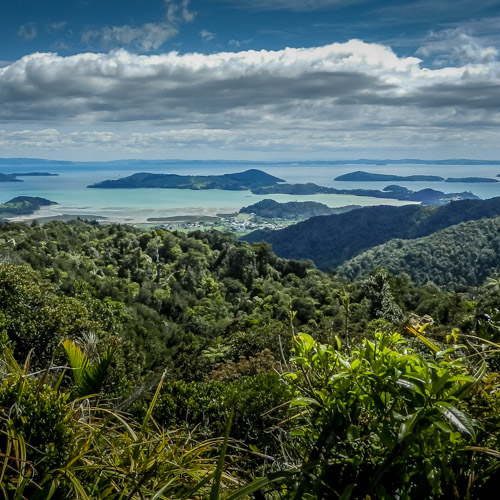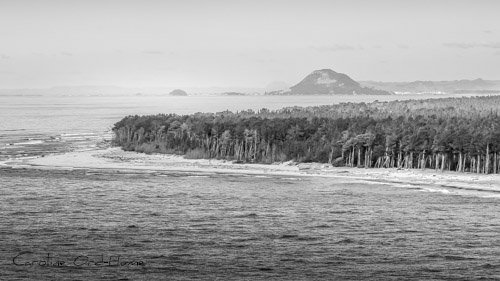- Home ›
- NZ Regions ›
- New Zealand Islands to Visit
Discover the Best New Zealand Islands to Visit
These New Zealand islands offer a wide range of natural beauty, wildlife, and outdoor activities, making them great destinations for visitors to explore and enjoy the stunning landscapes of New Zealand.
New Zealand is known for its beautiful islands, and many of them are accessible to visitors. Here is a list of some notable New Zealand islands to visit that are popular tourist destinations.
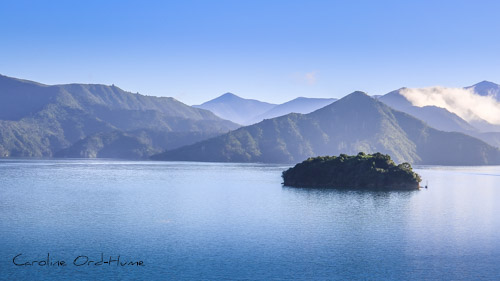
List of New Zealand Islands to Explore
Each of these islands in New Zealand has its own distinctive appeal, offering a wide range of experiences, from outdoor adventures to cultural explorations and wildlife encounters. Visitors to New Zealand are spoiled for choice when it comes to island destinations.
Please check the current travel restrictions and regulations before planning your visit, as they may change over time.
An interactive map of New Zealand and Islands is at the bottom of the page.
North Island Islands
The North Island of New Zealand has a splendid mix of islands, each offering a unique blend of natural beauty, cultural attractions, and outdoor adventures. From the sun-kissed shores of Waiheke Island to the pristine landscapes of Great Barrier Island, explore the captivating diversity that some of the North Island's surrounding islands have to offer.
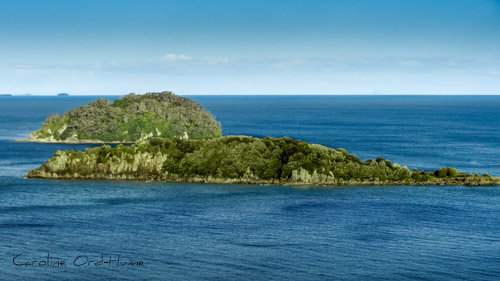
Waiheke Island:
Located a short ferry ride from Auckland, Waiheke Island is a paradise of beautiful beaches, lush vineyards, and a vibrant arts scene. It's a popular destination for day trips and weekend getaways. Visitors can explore Waiheke Island's wineries, art galleries, and enjoy scenic walks along the coast.
Great Barrier Island/Aotea in Māori:
Great Barrier Island is a remote and rugged haven for nature lovers. It boasts a network of hiking trails, including the Aotea Track, which takes you through lush native forests. The island is also home to natural hot springs and offers excellent stargazing opportunities due to its Dark Sky Sanctuary status.
Bay of Islands (numerous islands within this group):
This stunning area in the North Island comprises numerous islands and is known for its historical significance and natural beauty. Visitors can explore the Waitangi Treaty Grounds, go sailing, fishing, paddle-boarding, diving, or take dolphin-watching tours. The Bay of Islands offers a perfect blend of cultural and outdoor experiences.
Tiritiri Matangi Island:
A wildlife sanctuary in the Hauraki Gulf, Tiritiri Matangi Island is a birdwatcher's paradise. It's a predator-free island where endangered and native bird species thrive. Visitors can take guided tours to spot birds like takahē and kiwi and enjoy the tranquil atmosphere of this conservation island.
Kawau Island:
This island is steeped in history and features the historic Mansion House, which was once the residence of Governor Sir George Grey. Kawau Island offers visitors a glimpse into New Zealand's colonial past and a chance to explore its native flora and fauna.
Rangitoto Island:
An iconic volcanic island, Rangitoto is a prominent feature of Auckland's skyline. A hike to the summit provides breathtaking panoramic views of Auckland and the Hauraki Gulf. The island is characterized by its unique lava formations and is a popular destination for outdoor enthusiasts. Auckland Region
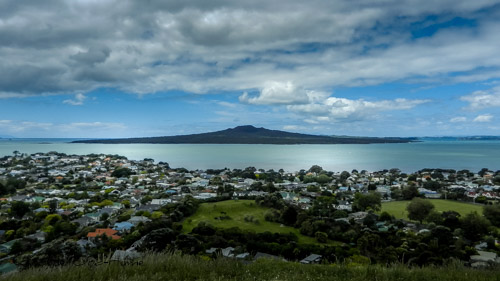
Rangitoto Island. View from Auckland, North Island
Matakana Island:
Located in Tauranga Harbour, Matakana Island is a peaceful escape with long sandy beaches ideal for swimming and picnicking. The island offers a relaxed, environment without crowds, perfect for those seeking a tranquil seaside getaway.
Visit Matakana Island at https://www.bayofplentynz.com/places/visit-our-islands/discover-matakana-island/
South Island Islands
The South Island of New Zealand is a treasure trove of stunning islands, each with its own story to tell. From the remote and rugged landscapes of Stewart Island Rakiura National Park to the volcanic majesty of Rangitoto ki te Tonga/D'Urville Island in Marlborough Region, discover the charm of the South Island's islands and their abundant opportunities for exploration and relaxation.
Stewart Island/Rakiura:
New Zealand's third-largest island, Stewart Island is often referred to as Rakiura in Māori, meaning "The Land of Glowing Skies." It's a haven for nature lovers with pristine landscapes, hiking trails, and the opportunity to spot kiwis in their natural habitat. The island's remote location offers a unique, unspoiled experience.
- Stewart Island / Rakiura
- Stewart Island Activities
- Stewart Island Things to Do
- Rakiura National Park
- Southland Region
Banks Peninsula (includes Akaroa and other small islands):
Banks Peninsula (originally an island), which includes the charming town of Akaroa, is a volcanic formation offering stunning bays and a European influence. Akaroa, in particular, has a French heritage, and visitors can enjoy kayaking, wildlife cruises, and the chance to see Hector's dolphins.
D'Urville Island/Rangitoto ki te Tonga:
A remote and peaceful island in the Marlborough Sounds, D'Urville Island is perfect for those seeking solitude and natural beauty. The island offers walking tracks, fishing, and diving opportunities. The historic D'Urville Island Lighthouse is a notable landmark.
Chatham Islands:
Located far to the east of the South Island, the Chatham Islands have a unique culture, rich history, and a diverse array of birdlife. Fishing is a popular activity, and the islands offer a glimpse into a less-visited corner of New Zealand.
Fiordland (numerous islands in Fiordland National Park):
Within Fiordland National Park, numerous islands can be explored, providing kayaking and exploration opportunities in the stunning fiords, including the world-famous Doubtful Sound and Milford Sound. The pristine wilderness and dramatic scenery make it a must-visit destination for nature enthusiasts.
Marlborough Sounds (numerous islands in this region):
A picturesque network of waterways and islands known for their serene beauty and outdoor activities. Marlborough Sounds are a hub for the New Zealand wine industry, and visitors can enjoy hiking, kayaking, boating, fishing, wildlife tours, and dolphin watching in this idyllic setting.
Sub-antarctic Islands
Venture south to the sub-antarctic Islands, where untouched wilderness and unique ecosystems await. These remote islands, including The Snares, Auckland Islands, and Campbell Island, are a haven for bird and wildlife enthusiasts and conservationists. Immerse yourself in the rugged grandeur and ecological wonders of New Zealand's sub-antarctic Islands.
The Snares Islands/Tini Heke:
This group of islands is recognised for their ecological importance and is home to a remarkable array of seabird species. It's a UNESCO World Heritage site, and visitors can witness the thriving ecosystem and unique flora on guided tours.
Auckland Islands/Motu Maha:
Part of the New Zealand Sub-antarctic Islands, the Auckland Islands are known for their rugged beauty, windswept landscapes, and diverse wildlife. The islands provide opportunities for exploration and birdwatching in a sub-antarctic environment.
Campbell Island/Motu Ihupuku:
As New Zealand's southernmost island, Campbell Island is a remote and pristine sub-antarctic wonderland. Visitors can observe albatross colonies, unique mega-herbs, and engage with the natural wonders of this remote island.
Other New Zealand Islands
Beyond the North and South Islands, New Zealand boasts a collection of smaller islands, each with its own distinct character and appeal. From the predator-free sanctuary of Kapiti Island to the historical significance of Motutapu Island, these islands offer a rich tapestry of experiences, from wildlife encounters to cultural discoveries. Explore the hidden gems of some of New Zealand's "other islands”.
Kapiti Island (located in the North Island's Kapiti Coast):
Situated on the Kapiti Coast in the North Island, Kapiti Island is a predator-free sanctuary for native bird species, including the critically endangered kākāpō and the iconic kiwi. Visitors can take guided tours to explore the island's conservation efforts and observe these unique birds in their natural habitat.
Motutapu Island (near Auckland):
Just a short ferry ride from Auckland, Motutapu Island offers a mix of recreational opportunities. Hiking trails take visitors through native forests, and the island boasts cultural significance and historic sites, including World War II fortifications.
Ulva Island (off Stewart Island):
Located off Stewart Island, Ulva Island is a pristine nature reserve, providing a glimpse into New Zealand's natural heritage. The island is known for its lush native forests, birdlife, and opportunities for tranquil walks and birdwatching.
Each of these islands in New Zealand has its own distinctive appeal, offering a wide range of experiences, from outdoor adventures to cultural explorations and wildlife encounters. Visitors to New Zealand are spoiled for choice when it comes to island destinations.
Total Number of New Zealand Islands
New Zealand is an island nation with a large number of islands, both big and small. In total, New Zealand is made up of over 600 islands, but this number can vary depending on how one defines what constitutes an "island." Some of the larger and more well-known islands are included in the list below, but there are many smaller and unpopulated or less-populated islands throughout the country. The actual count of islands may change over time due to factors like tides, erosion, and other geographical processes.
How Many of New Zealand Islands are Populated?
The number of populated islands in New Zealand can change over time as people settle or leave certain areas. Some of the larger and more accessible islands have permanent populations, while many of the smaller or more remote islands may have seasonal or sporadic inhabitants.
Some of the more populated and well-known islands in New Zealand include the North Island, South Island, Waiheke Island, Great Barrier Island, Stewart Island, and others. However, the exact count of populated islands can vary, and it would require up-to-date information from New Zealand's government or census data to provide a precise number.
